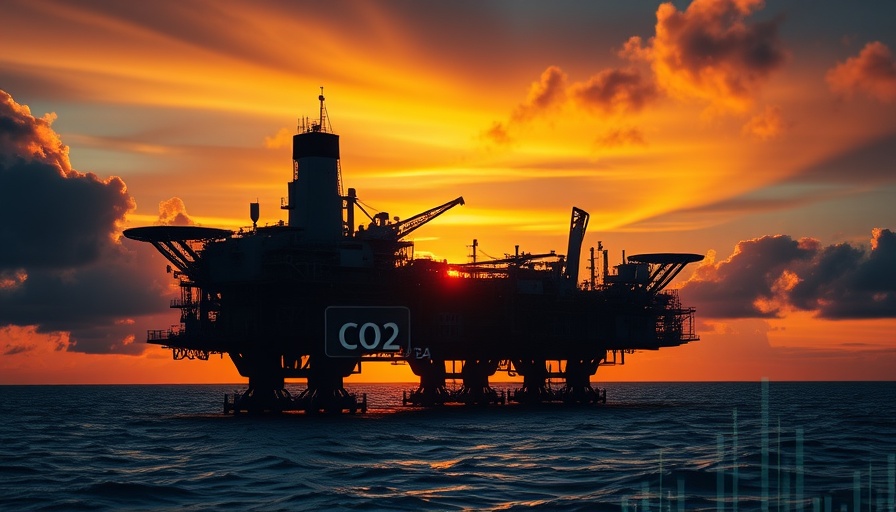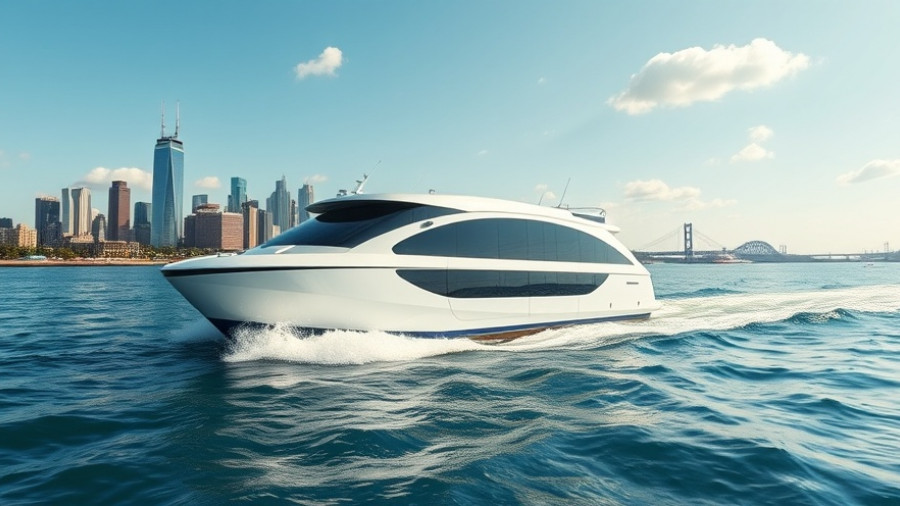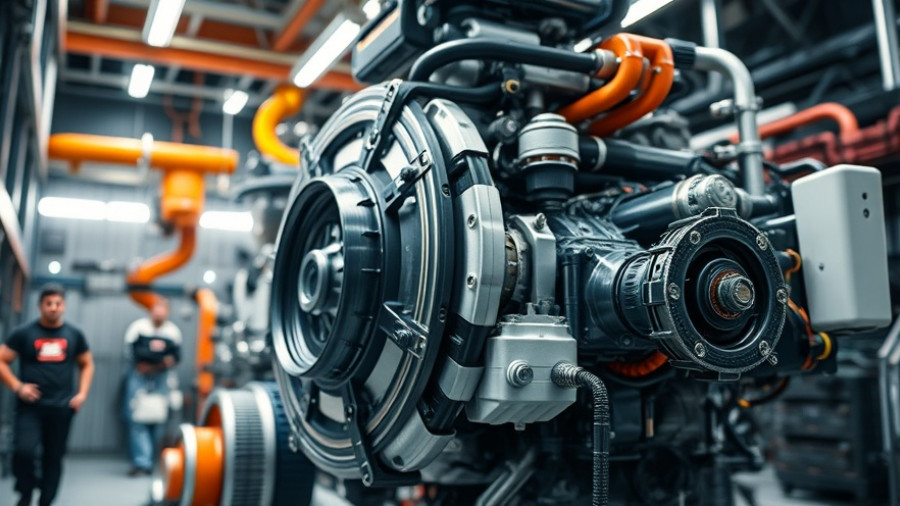
Understanding Offshore Floating CO2 Injection: A New Frontier
The recent technical paper published by ABS on offshore floating CO2 injection examines the evolving landscape of carbon capture and storage (CCS) technologies. With an increasing emphasis on reducing carbon footprints, this research aims to provide a fresh perspective on how the offshore industry can adapt to these challenges. As industries worldwide scramble to meet stringent carbon reduction regulations, the focus on dedicated floating carbon injection and storage facilities is becoming more pronounced.
The Shift from Enhanced Oil Recovery
One key insight from the ABS paper is the transition from traditional enhanced oil recovery (EOR) methods to more dedicated floating storage and injection units (FSIUs). Historically, captured carbon was injected into pressurized oil reservoirs to recover any remaining oil. However, this new research indicates a growing preference for utilizing depleted offshore fields specifically for the permanent storage of CO2. This pivot not only optimizes resource utilization but also aligns better with global sustainability goals.
What Are Floating Storage and Injection Units (FSIUs)?
FSIUs represent an innovative solution for processing and transferring CO2 to empty wells. These units function as floating terminals, allowing for the temporary storage and processing of carbon dioxide before its injection offshore. The flexibility of FSIUs is unmatched, providing not just a solution for injection but also a site where CO2 can be safely held until injected. This capability is crucial as it enhances operational efficiency while minimizing risks associated with the transport of CO2 over longer distances.
The Importance of Technical Guidance in Evolving Regulations
As stated by Michael Kei, ABS vice president of technology, the urgency for technical guidance is paramount given the rapidly changing environmental regulations. Companies operating within the offshore industry need to stay informed about best practices and innovative technologies. The insights provided by ABS offer critical support in navigating these complex regulations and technological advancements. Understanding the breadth of options available and adhering to evolving standards can be integral for companies wanting to lead in sustainability.
Innovative Technologies: The Path Forward
The research also highlights the potential benefits of incorporating advanced technologies into offshore CCS workflows. Technologies such as reduced-pressure gas separation systems and advanced coatings can significantly enhance the efficacy and safety of CO2 injection processes. The proactive adoption of these technologies can bolster confidence and encourage wider acceptance of CCS among stakeholders.
What Does This Mean for the Future of Carbon Management?
Looking ahead, the ABS paper sets the stage for a transformative approach to carbon management in the offshore industry. The transition to dedicated floating carbon injection facilities not only reflects a shift in operational strategies but also underscores a broader commitment to environmental responsibility. This foresight positions the offshore sector as a pivotal player in the global quest for net-zero emissions.
For those involved in climate strategies and energy transition initiatives, staying abreast of developments in CCS technologies is more essential than ever. The findings from ABS serve to enlighten stakeholders about emerging trends and open avenues for a greener future.
 Add Row
Add Row  Add
Add 




Write A Comment